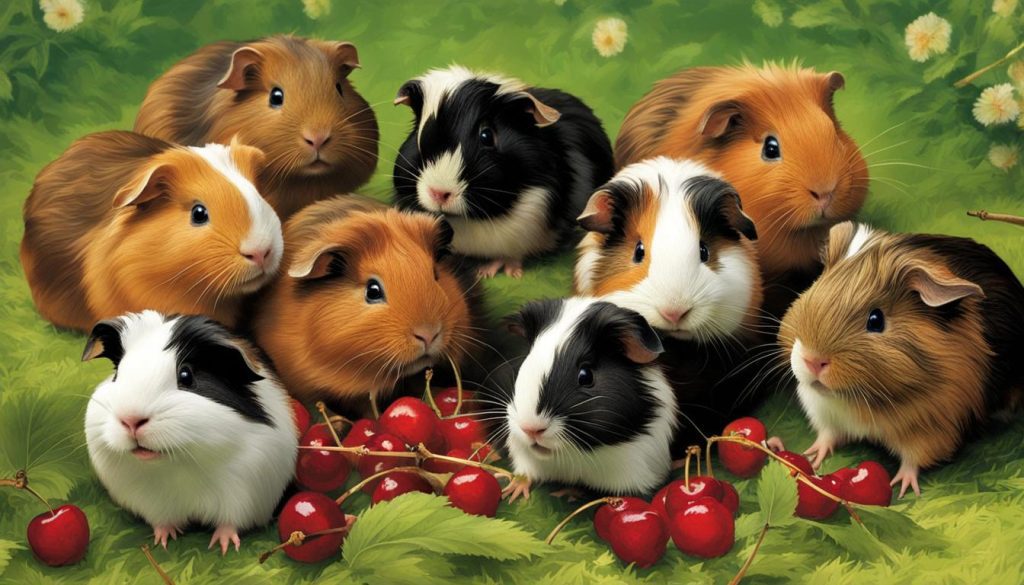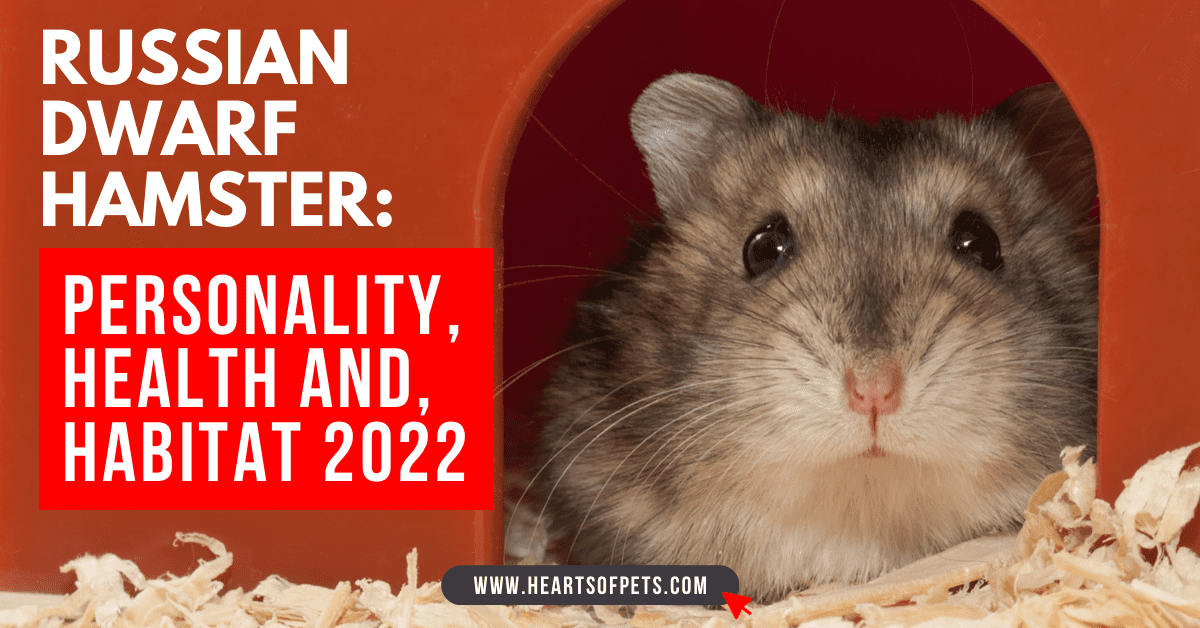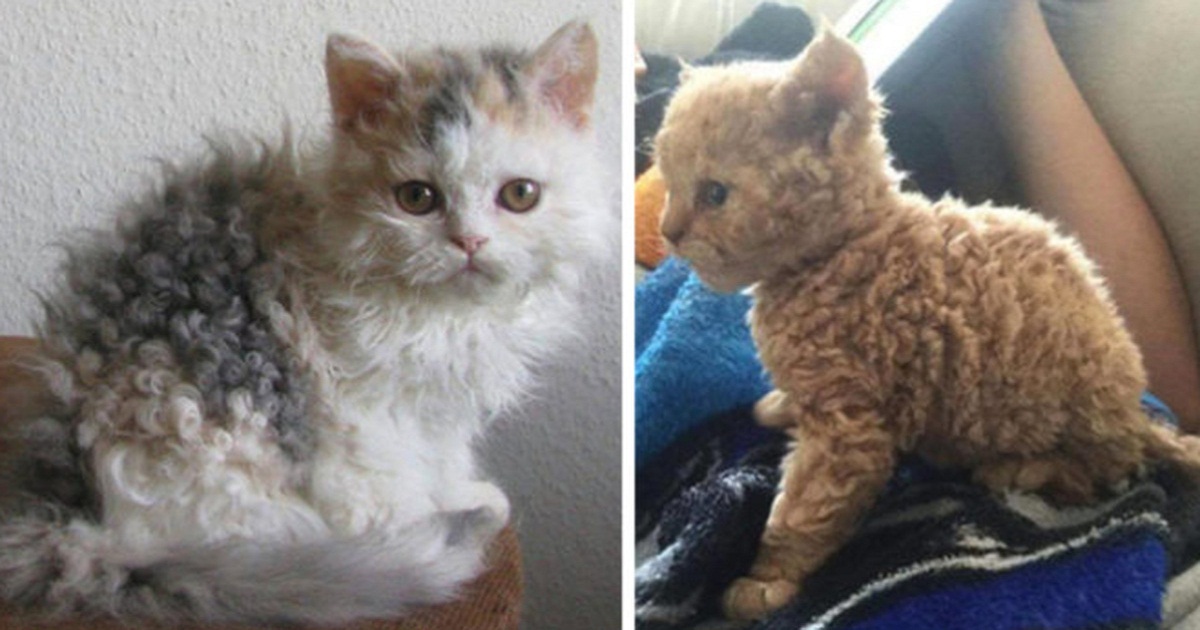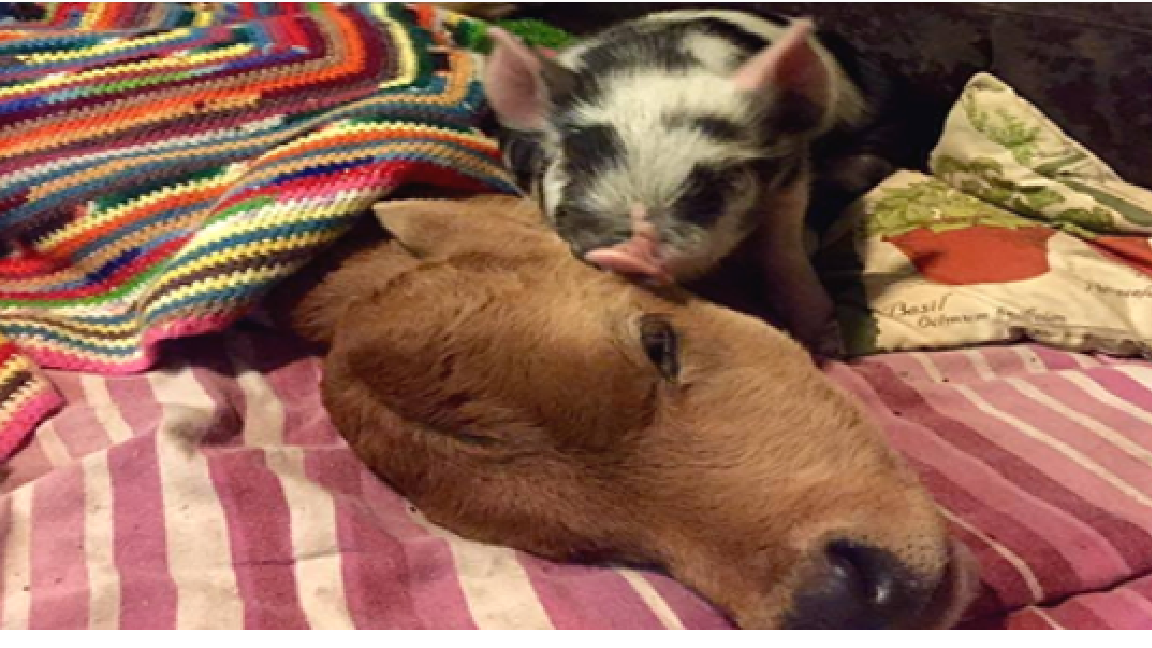As a guinea pig owner, I often wonder what foods are safe and healthy for my furry friend. Recently, I’ve been curious about cherries and whether they can be a part of a guinea pig’s diet. After doing some research, I have found the answers I was looking for.
So, can guinea pigs eat cherries? The answer is yes! However, there are a few things you need to keep in mind before offering cherries to your guinea pig. Cherries can be beneficial for them, but only in moderation.
Can Guinea Pigs Eat Cherries? Yes, but not too many.
- Guinea pigs can eat cherries in moderation as part of a balanced diet.
- Cherries are a good source of vitamin C, calcium, and phosphorus.
- Cherries have antioxidant properties and can aid in cardiovascular health and digestion.
- Cherries should be given in small portions and not be the main component of a guinea pig’s diet.
- Moderation is key when feeding cherries to guinea pigs to avoid health issues.
The Nutritional Benefits of Cherries for Guinea Pigs
Guinea pigs can benefit from the nutritional value that cherries offer. These small fruits are packed with essential vitamins and minerals that contribute to their overall health. One of the key benefits of cherries is their high vitamin C content, which is crucial for guinea pigs since they cannot produce it on their own. Vitamin C helps support their immune system and promotes collagen formation, which is important for skin health and wound healing.
In addition to vitamin C, cherries also provide calcium and phosphorus, which are essential for bone health and energy usage within the body. Calcium is important for maintaining strong bones, while phosphorus helps with waste filtration and maintaining proper energy levels. The antioxidant properties of cherries can also help support cardiovascular health and aid in digestion for guinea pigs.
However, it’s important to note that cherries should be given in moderation as a treat, not as the main component of their diet. While cherries have nutritional benefits, they also contain acids that can cause mouth sores in guinea pigs if consumed in excess. It’s best to offer cherries in small portions, about one cherry, twice a week at most. Slicing the cherries can help make them easier for guinea pigs to eat.
The Downsides of Feeding Cherries to Guinea Pigs
While cherries can be a tasty and nutritious treat for guinea pigs, it’s important to be aware of the potential downsides. One downside of feeding cherries to guinea pigs is their acidic nature. Although cherries contain beneficial nutrients like vitamin C and fiber, the acid content can be harmful to a guinea pig’s delicate mouth and cause mouth sores. Therefore, it’s crucial to offer cherries in moderation and closely monitor your guinea pig for any signs of discomfort or irritation.
Another consideration when feeding cherries to guinea pigs is their fiber content. While fiber is essential for a healthy digestive system, consuming too much can lead to constipation. Cherries are relatively high in fiber, so it’s important to limit the amount provided to prevent digestive issues. Additionally, guinea pigs have specific dietary requirements, and an excess of cherries can upset the balance of their overall diet, leading to imbalances in nutrients and potential health problems.
To ensure the well-being of your guinea pig, it’s crucial to maintain a balanced and varied diet. While cherries can be enjoyed as an occasional treat, it’s essential to provide a diverse range of fresh vegetables, hay, and guinea pig pellets as the main components of their diet. This will ensure that they receive all the necessary nutrients and avoid any negative effects from overconsumption of cherries.
Remember: Moderation is Key
When it comes to feeding cherries to your guinea pig, moderation is key. Limit the amount of cherries offered to your furry friend and closely monitor their health and well-being. If you notice any negative changes in their behavior, digestion, or overall health, it’s important to consult with a veterinarian. By practicing moderation and providing a well-rounded diet, you can safely include cherries as a tasty and occasional treat in your guinea pig’s menu.
How to Safely Feed Cherries to Your Guinea Pig
When it comes to feeding cherries to your guinea pig, it’s essential to do so safely. Follow these guidelines to ensure your furry friend enjoys this treat without any harm:
Choose Fresh Cherries
First and foremost, select fresh cherries for your guinea pig. Look for ones that are plump and without any visible signs of spoilage. It’s important to provide the best quality fruits for your pet’s well-being.
Thoroughly Wash the Cherries
Before serving the cherries to your guinea pig, make sure to wash them thoroughly. This will help remove any potential residues of pesticides or dirt that may be present on the fruit’s surface. It’s essential to prioritize your pet’s safety and health.
Remove the Pit and Stem
Before offering the cherries to your guinea pig, be sure to remove the pit and stem. These parts can pose a choking hazard, and it’s important to prevent any accidents. Always prioritize your pet’s safety when preparing their treats.
Portion Control and Frequency
When feeding cherries to your guinea pig, remember that moderation is key. Offer them one cherry, twice a week at most. It’s crucial to avoid overfeeding, as excessive consumption can lead to health issues. Cherries should only be given as a supplement to their regular diet.
By following these guidelines, you can safely incorporate cherries into your guinea pig’s diet. Remember, cherries should always be given as a treat and not be the main component of their food intake. Prioritize a balanced diet that includes a variety of fruits, vegetables, hay, and pellets to promote optimal health for your furry friend.
The Importance of Moderation in Feeding Cherries to Guinea Pigs
When it comes to feeding cherries to your guinea pigs, it’s important to understand the importance of moderation. While cherries offer nutritional benefits, they should be given in small portions and not be the main component of their diet.
While cherries contain vitamin C, calcium, and phosphorus that are beneficial for guinea pigs, excessive consumption can lead to health issues. Too many cherries can cause acid buildup, leading to mouth sores, and the fiber content can result in constipation if consumed in excess.
To ensure the well-being of your furry friends, it’s recommended to provide a balanced diet that includes a variety of fruits, vegetables, hay, and pellets. Cherries should only make up a small portion of their overall food intake, ideally not exceeding 10%.

Other Safe Fruits for Guinea Pigs
When it comes to providing a well-rounded diet for your guinea pig, it’s important to offer a variety of safe fruits in addition to cherries. These fruits not only add flavor and variety to their meals but also contribute to their overall health and well-being.
One safe fruit option for guinea pigs is apples. Apples are a good source of vitamin C and fiber, which aid in digestion and contribute to a healthy immune system. Be sure to remove the seeds and core before serving them to your furry friend.
Bananas are another favorite fruit among guinea pigs. They are rich in potassium and vitamin B6, which help support heart health and regulate blood pressure. Remember to offer bananas in moderation as they are high in sugar.
Strawberries and blueberries are also safe for guinea pigs to enjoy. These fruits are packed with antioxidants and provide essential vitamins and minerals. However, moderation is key, as these fruits should be given as treats and not make up the majority of their diet.
The Role of Fresh Vegetables and Hay in a Guinea Pig’s Diet
When it comes to the diet of guinea pigs, fresh vegetables and hay play a vital role in their overall health and well-being. These essential components provide the necessary nutrients and fiber that guinea pigs need to thrive.
Hay, especially high-quality Timothy hay, should make up the majority of a guinea pig’s food intake. It is rich in fiber, which helps keep their digestive system functioning properly and prevents issues like bloating and gastrointestinal stasis. Guinea pigs should have access to fresh hay at all times to support their dental health and provide mental stimulation.
The Benefits of Fresh Vegetables
In addition to hay, fresh vegetables are an important part of a guinea pig’s diet. They provide a variety of essential vitamins and minerals that contribute to their overall health. Vegetables such as leafy greens (such as spinach, kale, and romaine lettuce) and bell peppers are excellent choices for guinea pigs.
Leafy greens offer a good source of vitamin C, which is crucial for guinea pigs since they cannot produce it on their own. Vitamin C supports their immune system and helps prevent scurvy, a condition that can be fatal for guinea pigs. Bell peppers are rich in vitamin C as well and also provide additional nutrients like vitamin A and potassium.
Feeding Fresh Vegetables Safely
When feeding fresh vegetables to guinea pigs, it’s important to introduce them gradually to avoid any digestive upsets. Start by offering small amounts and observe how your guinea pig reacts. Make sure to wash the vegetables thoroughly to remove any pesticides or harmful residue.
It’s also essential to provide a diverse range of vegetables to ensure your guinea pig receives a balanced diet. Rotate the types of vegetables you offer to provide a variety of nutrients and prevent boredom. Remember that some vegetables, such as lettuce, should be given in moderation due to their high water content.
In conclusion, fresh vegetables and hay are essential components of a guinea pig’s diet. They provide the necessary nutrients, fiber, and enrichment for their overall health and well-being. By incorporating a balanced combination of hay and fresh vegetables into their daily diet, you can ensure that your guinea pig leads a happy and healthy life.
Conclusion
Cherries can be a tasty and nutritious addition to a guinea pig’s diet. They provide essential vitamins and minerals, including vitamin C, calcium, and phosphorus, which contribute to their overall health and well-being. However, it’s important to remember that cherries should be given in moderation and should not be the main component of their diet.
When feeding cherries to your guinea pig, make sure to choose fresh ones and wash them thoroughly to remove any pesticides. Remove the pit and stem before serving. It’s recommended to give them one cherry, twice a week at most, and consider slicing it to make it easier for them to eat.
While cherries are a safe fruit for guinea pigs, it’s crucial to provide a diverse range of fruits, vegetables, hay, and pellets to meet all of their nutritional needs. Remember to always prioritize moderation and consult with a veterinarian if you have any concerns about your guinea pig’s diet.
FAQ
Can guinea pigs eat cherries?
Yes, guinea pigs can eat cherries in moderation.
What are the nutritional benefits of cherries for guinea pigs?
Cherries provide vitamin C, calcium, phosphorus, and antioxidants that support collagen formation, immune function, bone health, and cardiovascular health.
Are there any downsides to feeding cherries to guinea pigs?
Yes, cherries contain acid that can cause mouth sores and their fiber content can lead to constipation if consumed in excess.
How should I safely feed cherries to my guinea pig?
Choose fresh cherries, wash them thoroughly, remove the pit and stem, and give your guinea pig one cherry, twice a week at most.
Why is moderation important when feeding cherries to guinea pigs?
Excessive consumption of cherries can lead to health issues, so it’s important to provide a balanced diet and not make cherries the main component of their food intake.
Are there any other safe fruits for guinea pigs?
Yes, other safe fruits for guinea pigs include apples, bananas, strawberries, and blueberries.
What role do fresh vegetables and hay play in a guinea pig’s diet?
Fresh vegetables and high-quality hay, such as Timothy hay, provide essential fiber for digestion and should make up a significant portion of a guinea pig’s diet.
Can guinea pigs eat cherries as their main food?
No, cherries should only be given as a supplement to their regular diet and should not make up more than 10% of their overall food intake.






